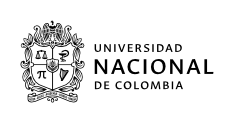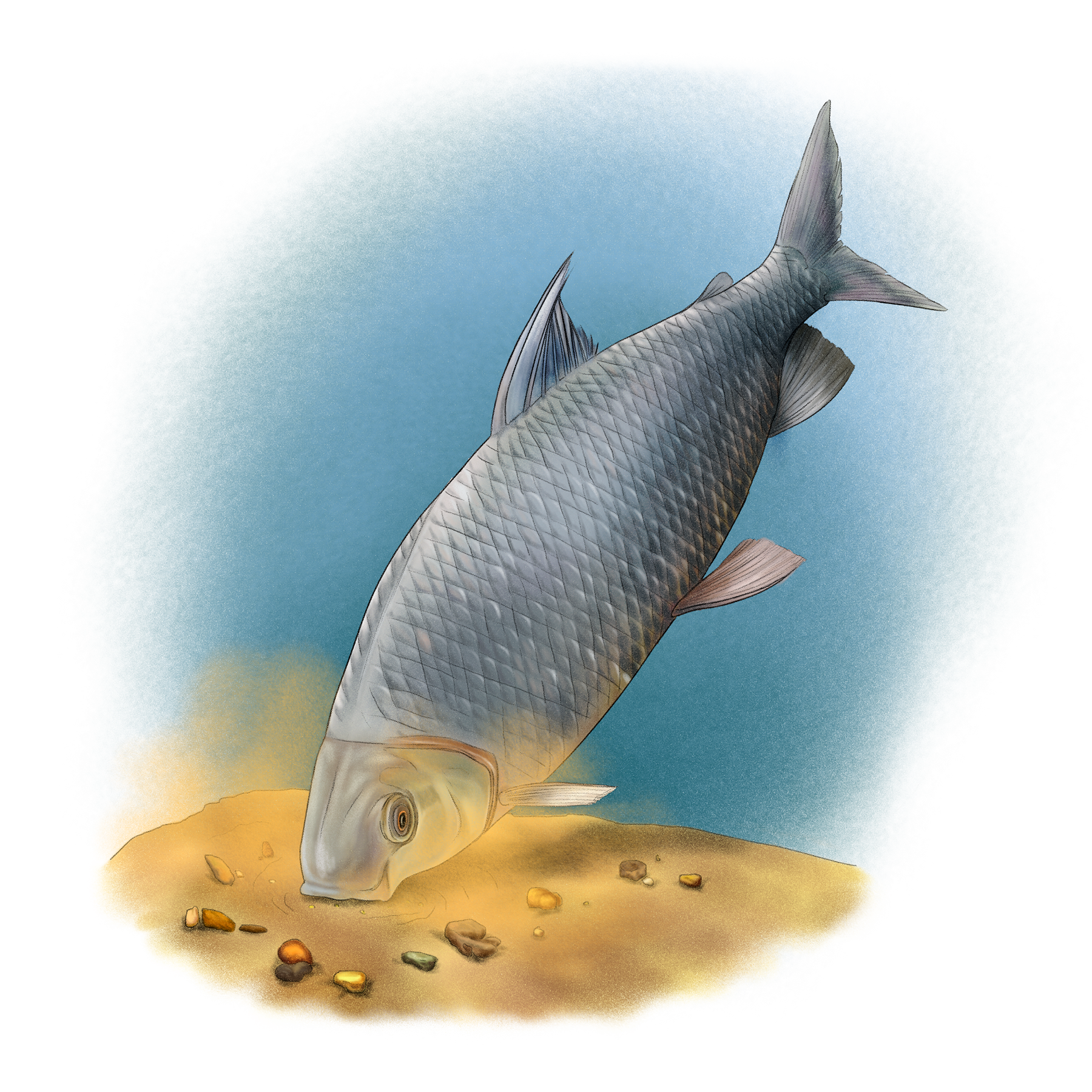
✎ Luis Mora
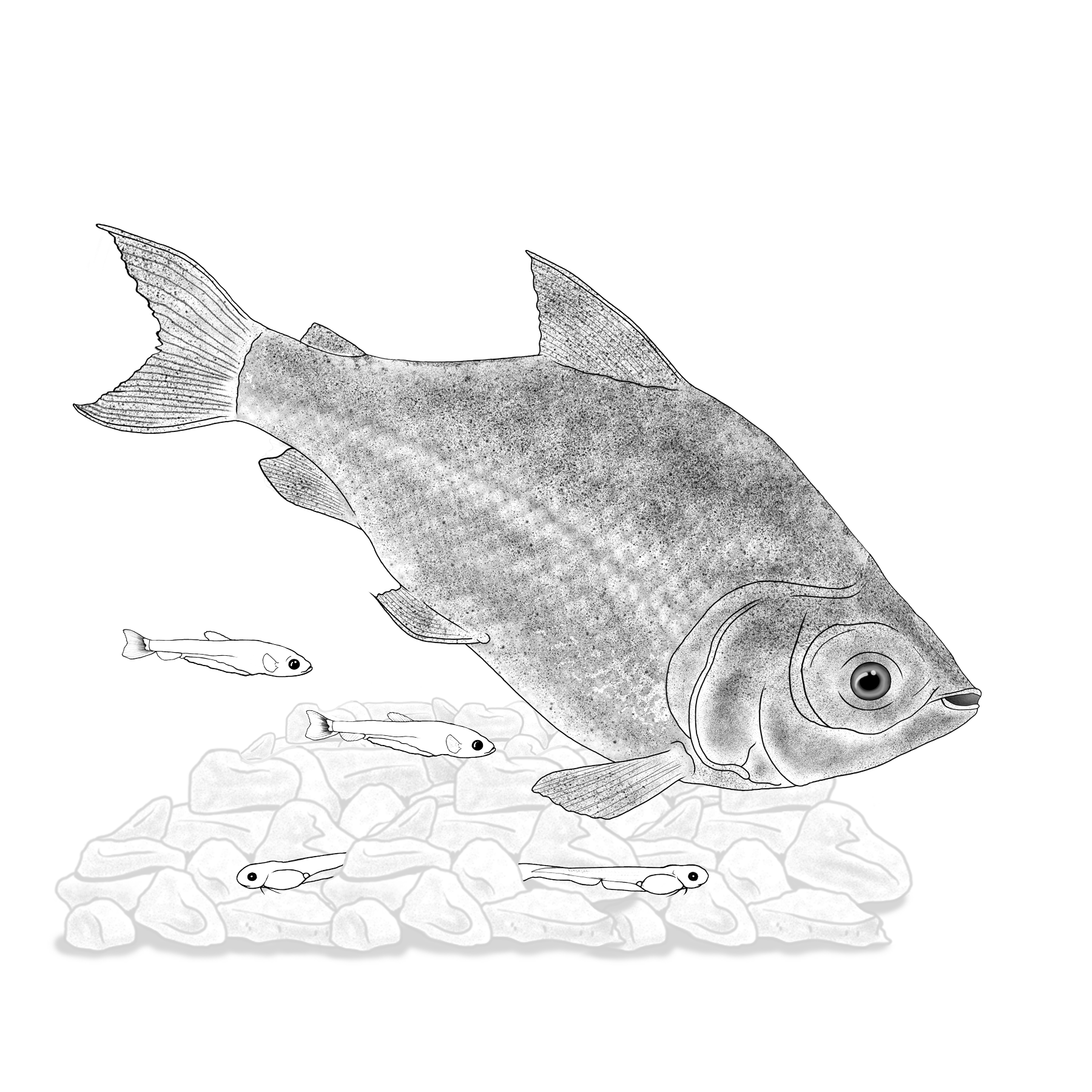
✎ Diego Aguilera
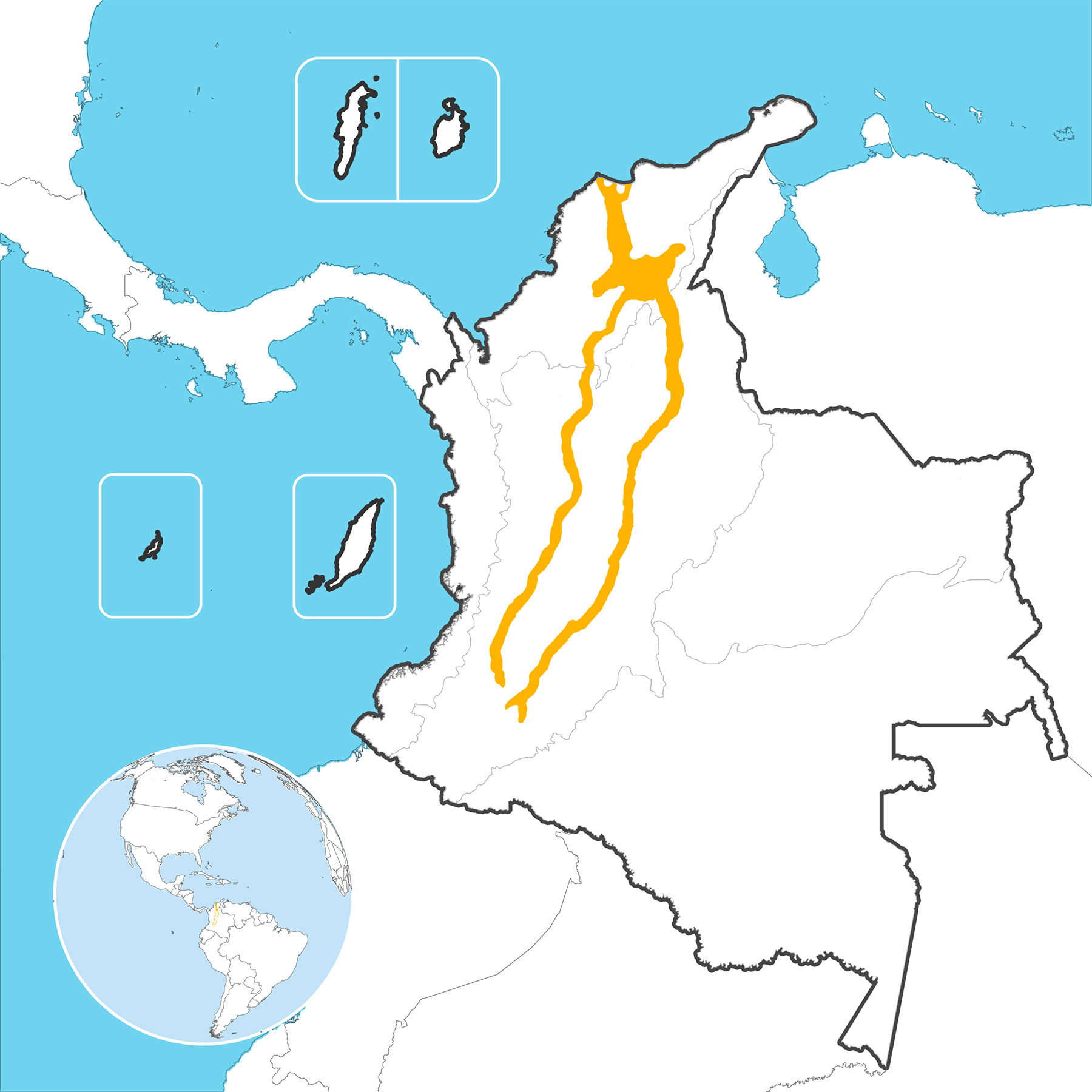
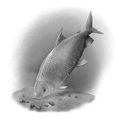
Magdalena River Prochilodus
Prochilodus magdalenaeCaribbean region
RECORRIDO VIRTUAL POR LA BIODIVERSIDAD DE COLOMBIA
Museo de Historia Natural
Universidad Nacional de Colombia

Magdalena River Prochilodus
Prochilodus magdalenae
Morpho-functionality
Gills
The operculum is a bone that functions as a lid or covering for the gills, providing protection.
Fin
The adipose fin serves as a fat reserve in the absence of food.
Muscles
The muscles are distributed in bundles or myomers which gives it greater power when swimming, especially in the ascents.
Lifecycle
Males are distinguished from females by being slimmer and more slender. The reproductive period is associated with the two floods in the basin. They carry out medium and longitudinal migrations, which are associated with their life cycle and with the hydrological patterns of flooding and low water. Between March and April with the arrival of the rains, they return to the swamps in the migration called "lowering" and on that journey they spawn; the eggs are carried by the waters to the flooded plains. Depending on the river where they reside, this cycle can occur twice a year. The average size at maturity in these fish is 25.3 cm.
Magdalena River Prochilodus
Distribution
It only lives in Colombia in the basins of the Atrato, Magdalena and Sinú rivers. P. magdalenae has an altitudinal distribution between 1000 and 1500 m. It usually feeds on debris, algae and aquatic plants.
Distribution area
